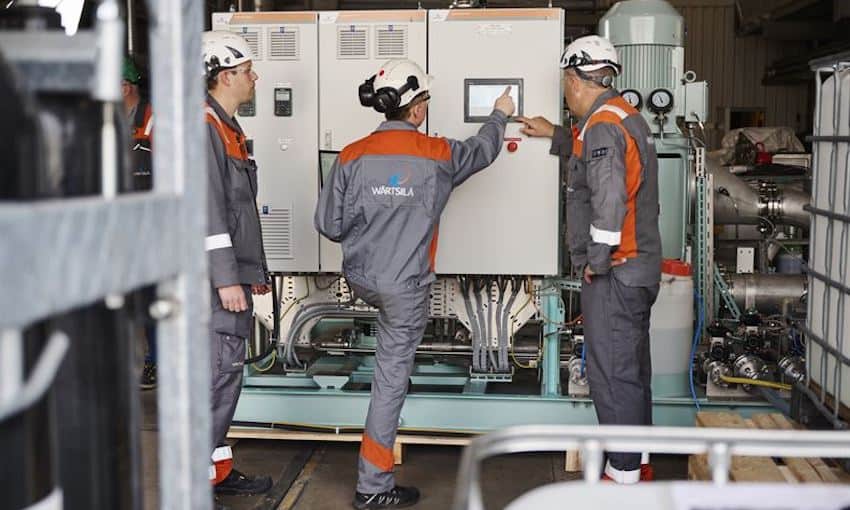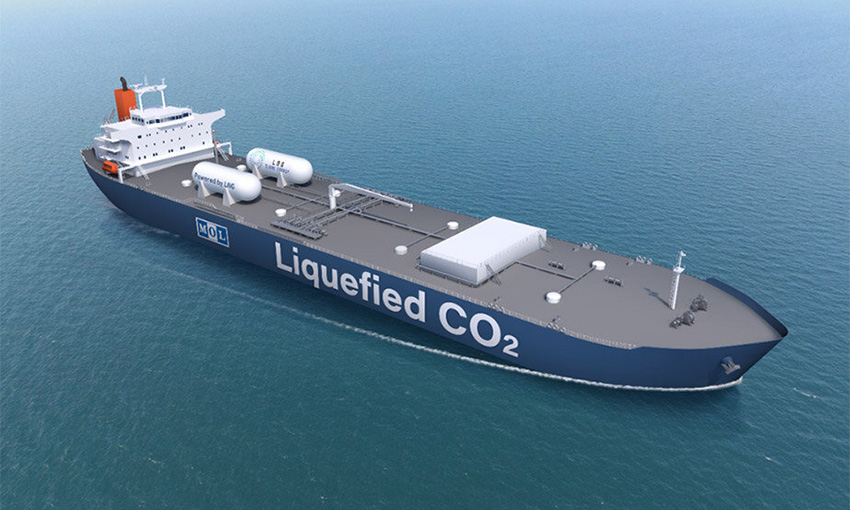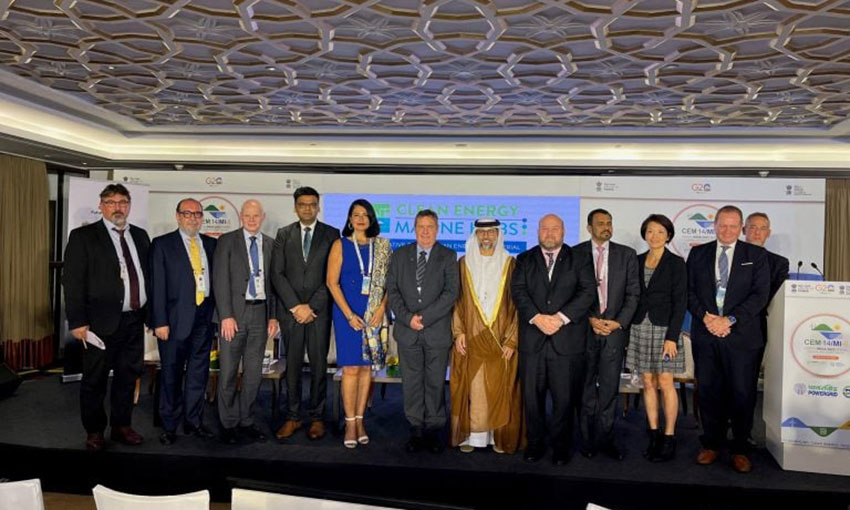WÄRTSILÄ is launching carbon capture and storage feasibility studies for shipowners and operators to help bring forward the early stages of CCS integration.
The technology group is offering the feasibility studies as part of a goal to research, develop and bring maritime CCS technologies to market.
CCS technology is considered an effective way to reduce carbon dioxide emissions from shipping.
Wärtsilä has so far conducted studies on ro-ro and ro-pax vessels, a drill ship, a container ship and a gas carrier.
Wärtsilä Exhaust Treatment director Sigurd Jenssen offering the studies to the industry was the latest step in the group’s process of bringing CCS to market in shipping.
“It builds on the market-leading work we are conducting in our test hall in Moss [Norway], where our technology is already demonstrating our targeted 70% capture rate, and enables us to directly engage with customers to smooth the CCS adoption process in the near future,” he said.
“By conducting these studies today, we are already building a considerable track record and understanding of how this technology will work across multiple vessel types.
“It builds on the considerable uptake we have already seen for our CCS-Ready scrubbers, which show that the industry is not only exploring CCS as a speculative technology, but is actively investing in its foundations as a decarbonisation solution.
“We look forward to conducting more of these studies in the coming months as we work to bring our CCS system to market.”
Wärtsilä is conducting studies across newbuild and existing vessels.
The process takes four to six months of study and design work; exhaust treatment experts from Wärtsilä are involved in early stages of ship design to understand how CCS can be integrated once the technology is launched.
Once completed, the CCS feasibility study enables Wärtsilä to provide a commercial offer that can be shared with shipyards for an installation quote.
During the feasibility studies, Wärtsilä looks at the ships’ existing naval architecture and works to understand how the power, space and exhaust demands of CCS can be accommodated onboard.
Wärtsilä said owners would then receive a qualified analysis of the costs of CCS integration and a list of considerations on how a potential retrofit would be conducted in the least intrusive way.





